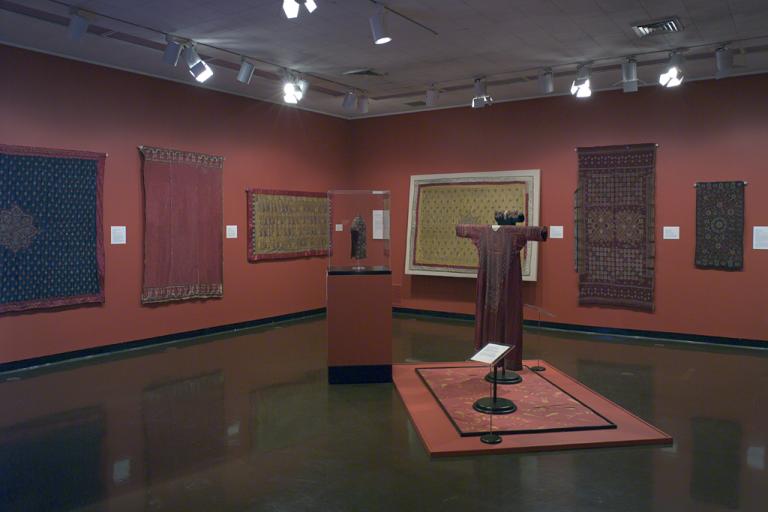woman's jacket, unknown maker from Japan
Artwork Overview
woman's jacket
, mid-late 1800s, Meiji period (1868–1912) or Taisho period (1912–1926)
Where object was made: Japan
Material/technique: hemp; katazome dyeing; cotton; tree-bast fiber
Credit line: Museum purchase: Barbara Benton Wescoe Fund
Accession number: 1993.0010
Not on display
If you wish to reproduce this image, please submit an image request


